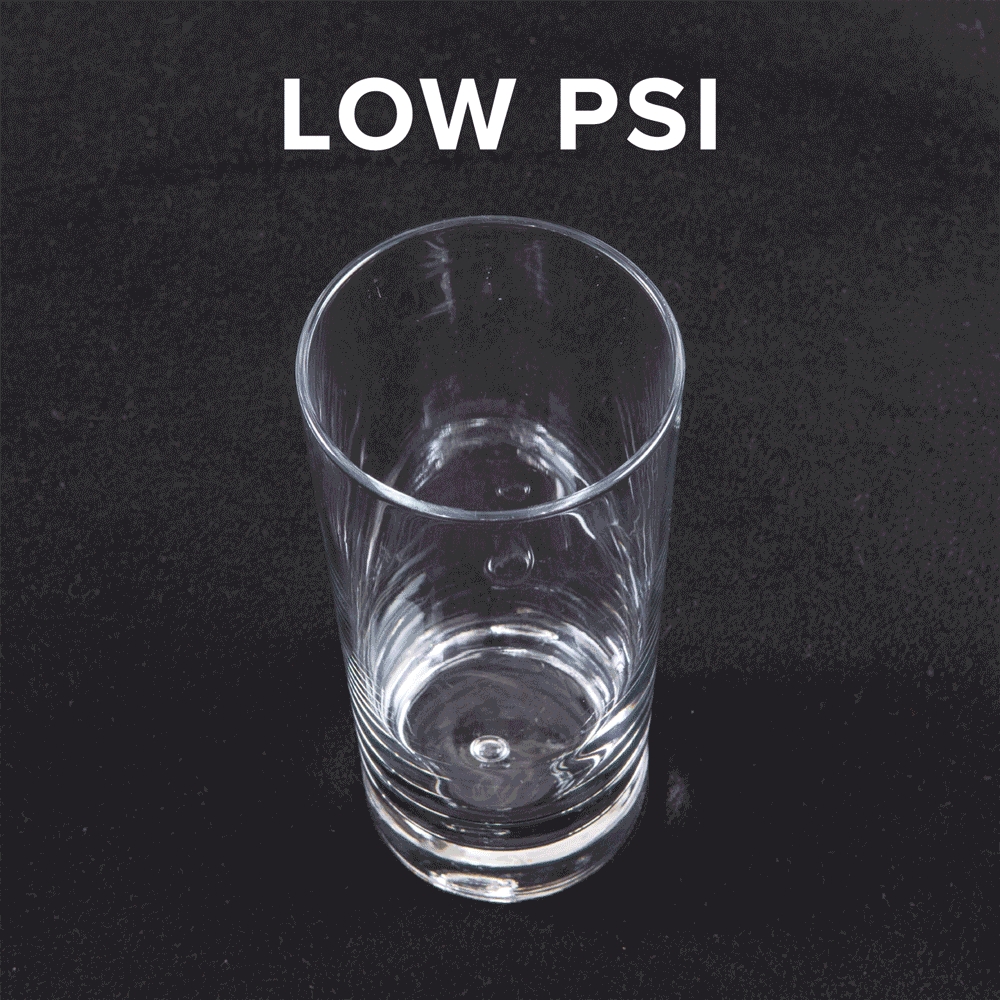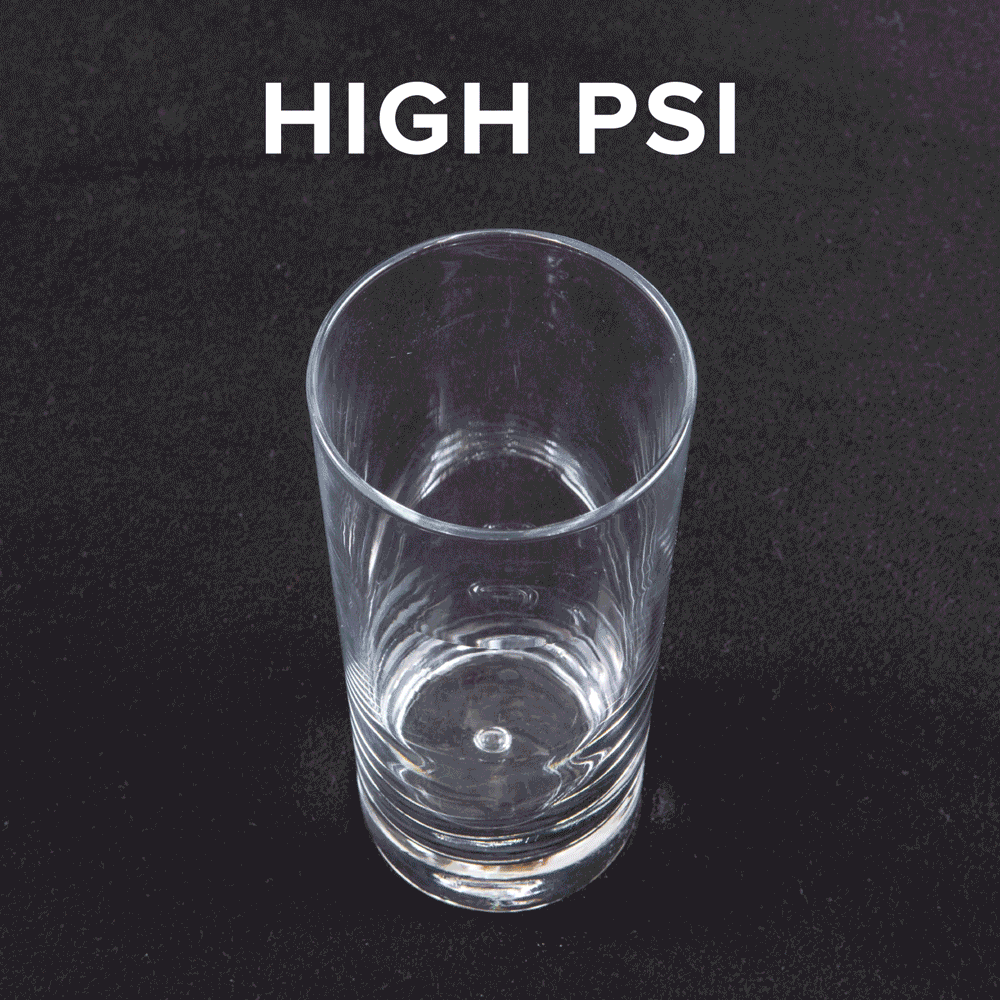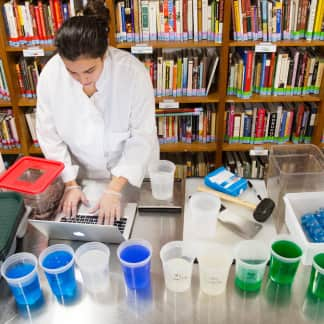Sparkling water is having a moment. Sales of bubbly water have nearly tripled over the last 10 years, and trendy brands such as La Croix have used clever marketing and beautiful packaging to give this relatively simple beverage a whole new life. Gone are the days when supermarket sparkling water options were limited; now you can buy your water in enticing flavors such as coconut, peach-pear, pineapple-pomelo, or even “mermaid songs” and “unicorn kisses.”
Narrowing The Field
Beverages become bubbly when the liquid contains gas—usually carbon dioxide—which either comes from natural sources or is added artificially. Many mineral springs are a source of naturally carbonated mineral water; the gas that forces the water through the ground gives it an effervescence. All artificially carbonated water is made by injecting pressurized carbon dioxide into the water. At the supermarket you’ll find sparkling water sold under a number of different names: sparkling mineral water, club soda, tonic water, and seltzer.

For this tasting we left out club soda and tonic water because they have prominent flavor compounds and are most often used as cocktail mixers. We focused on sparkling mineral waters and seltzers, which have a milder flavor and can be used to provide lightness in battered foods such as tempura or fried fish. We selected six top-selling nationally available mineral waters and seltzers. Though many of the brands we tried also offer flavored products, we opted to sample their unflavored products so that we could best focus on the natural flavor and effervescence of the water and because plain sparkling water is what we call for in our recipes. Our lineup consisted of three sparkling mineral waters and three seltzers, priced from about $0.03 to about $0.10 per ounce.

Mineral Waters Are Strongly Flavored
Though none of our waters had any added flavorings, we still noticed an array of flavors in them, from saltiness to acidity to sweetness. The three mineral waters had the most pronounced flavors by far. Many tasters could identify them in our blind tasting because they had a characteristic salty and sometimes sulfurous, almost eggy flavor. While manufacturers aren’t required to disclose the type and amount of minerals in their water, our science editor explained that two common compounds found in mineral water are sodium and sulfites, which can contribute salty and eggy flavors, respectively. Tasters were split on the more pungently flavored mineral waters. Some loved the distinctive earthy taste, while others found the flavor too prominent. Ultimately, most mineral waters landed at the bottom of our rankings; our tasters preferred cleaner, more neutral options.
However, one mineral water—Topo Chico Mineral Water—earned the second-place slot in our tasting. We thought that it had a slightly sweet and subtly salty taste that appealed to our mineral water lovers but wasn’t overwhelming for those who preferred a more neutral drink.

Carbonation Adds Tartness
Carbonation also adds flavor to water. When carbon dioxide dissolves in water, a small amount of carbonic acid is formed, which gives the water a tart taste. That’s why sparkling water that’s gone completely flat doesn’t taste like tap water and instead has a slightly sour taste—there’s still carbonic acid in the water even after all the bubbles have left. Of course, carbonation also adds the characteristic fizzy sensation that sparkling water is known for.


Our carbonation-loving tasters gave higher ratings to products they perceived as bubblier. To get a better measure of the carbonation levels, we sent the sparkling waters to an independent lab to measure the carbonation in pounds per square inch (PSI). PSI is a common measurement of pressure; it’s often used to measure the amount of gas in a bottle of champagne. The higher the PSI, the more gas is in the product. Our sparkling waters ranged from 38 to more than 60 PSI. These results mirrored our tasters’ preference for higher carbonation: The product with just 38 PSI was too flat for most tasters—our favorite products had PSI of 43 or higher and were “pleasantly bubbly.”
Preferences vary, of course. Our second-place product, which had more than 60 PSI, was a little too bubbly for some tasters, and its strong bubbles left a prominent afterburn. Our top-rated product had moderately strong fizz, which appealed to the majority of tasters.
The Best Sparkling Water: Polar Original Seltzer
In the end, our favorite sparkling water was also the least expensive. Polar Original Seltzer took home top honors for its strong but balanced fizz and clean, neutral flavor. If you like your sparkling water with the salty tang of minerals, we can also recommend Topo Chico Mineral Water, though it’s a bit bubblier than some tasters liked.
- Clean, neutral flavor free of any bitterness or acidity
- Lots of bubbles; at least 43 PSI
- Taste plain, chilled
- Have independent lab test carbonation








/SIL_HomeSeltzerMaker_SodaStream-Source)


